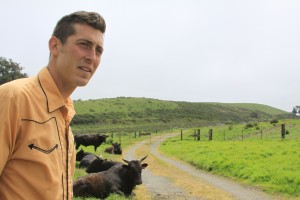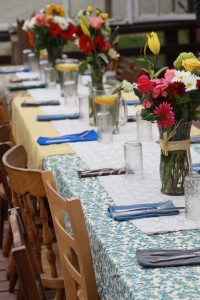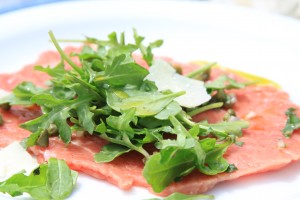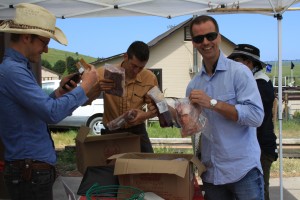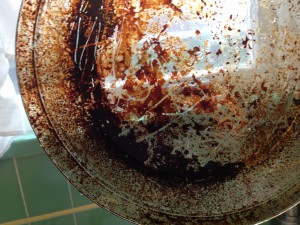1994: I have fond memories of this year, as this was the year that I graduated from college. Anyone who graduated in 1994 will fondly remember both “Gin Blossoms” and “Beck”, the bands and the songs (and possibly their association with drinking).
Another fond memory of 1994 for me: the year I happily swore off Thrift Stores.
I had graduated, moved to San Francisco, and started my first ‘real job’ at a publishing company. Every 2 weeks, my bank account was miraculously replenished, and for the first time, I could afford things, including shiny new clothes. No more trips to the Thrift Store and buying funny smelling stuff that harbored moth, mites and mildew.
After nearly 20 years, this was about to change.
“Want to run a quick errand with me? It’ll be fun!”, asked the Sister.
I glanced at her suspiciously. She was using the same tone of voice that I use with the Cat when it’s time to visit the vet.
“What kind of errand?”, I asked, watching her, carefully.
“Oh, just need to pick up something,” she responded, lightly, avoiding eye contact.
Fifteen minutes later, we were parked in front of my human version of the Vet – a store boldly declaring itself “Savers: Good Deeds, Great Deals”. My hackles were up and my ‘moth ball radar’ on high alert. This did not bode well for the vow I made nearly two decades earlier.
But I’m a giver, and so decided that I was willing to be the bigger person, and humor my older sibling as she shopped.
We walked into the store, and I froze. Bright lights, happy sales people, and row after row of products, neatly organized by size, color and type. And it wasn’t just ‘tops. But rather, ‘short sleeved knits, long-sleeved knits, wool, cotton, blends, and more.
This was not the damp and dingy memory association that I had catalogued in my brain under “Thrift Stores”.
45 minutes later, I walked out with 3 “new to me” sweaters, and very deep appreciation of the “Savers” store and business model, in which they claim to keep 600 million pounds of product out of landfill, and gets ‘new’ product cheaply and effectively to families and communities they serve, as well as employing those same communities.
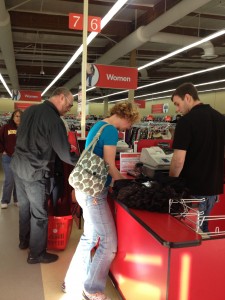
Norine, the Sister, making a purchase at Savers
I humbly rescinded my swearing off of Thrift Stores, and realized that this squarely fits in with my new streamlined life. The reality was, that I would periodically need (or strongly want) something ‘new’ in my wardrobe. Thrift stores offer a green, environmentally gentle way to acquire something ‘new to you’, without the packaging that comes along with truly new stuff. Not perfect, but better than walking into a mall and buying something recently packaged and imported from somewhere in Asia Pacific.
Takeaway:
Thrift Stores – by any name – have come a long way. There are amazing bargains to be had, zero packaging, and are environmentally gentle way to enhance a wardrobe from season to season.
Yes, you’ll still need to thoroughly wash any item you buy, and yes, clothing may have a lingering moth ball essence clinging to it, but there are many ways to find gently used items when the time comes to supplement items in the closet.

Savers Store business model and environmentally green product cycle.
Here are some other terms for the ‘store that shall not be named’:
Thrift Store
Second-Hand Store
Discount Store
Consignment Store
Snack Store for Moths (I made this one up)
When absolutely needed, then happy shopping…!




